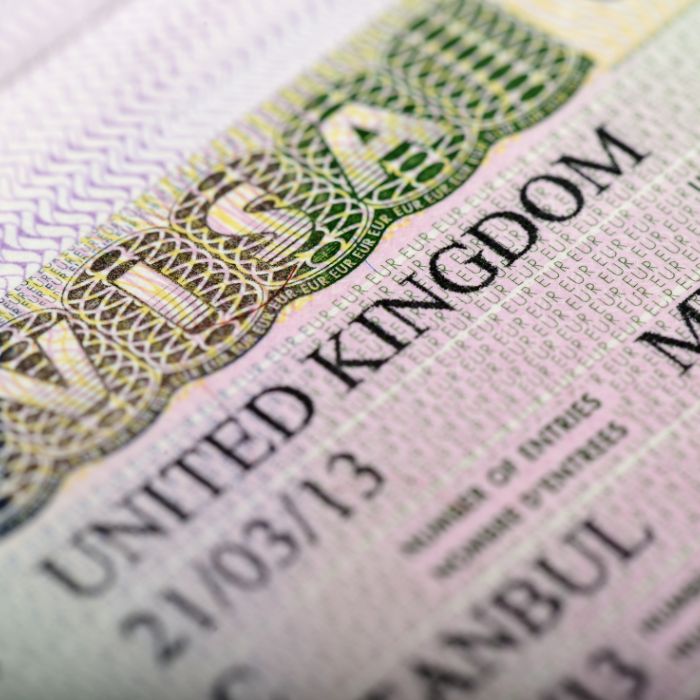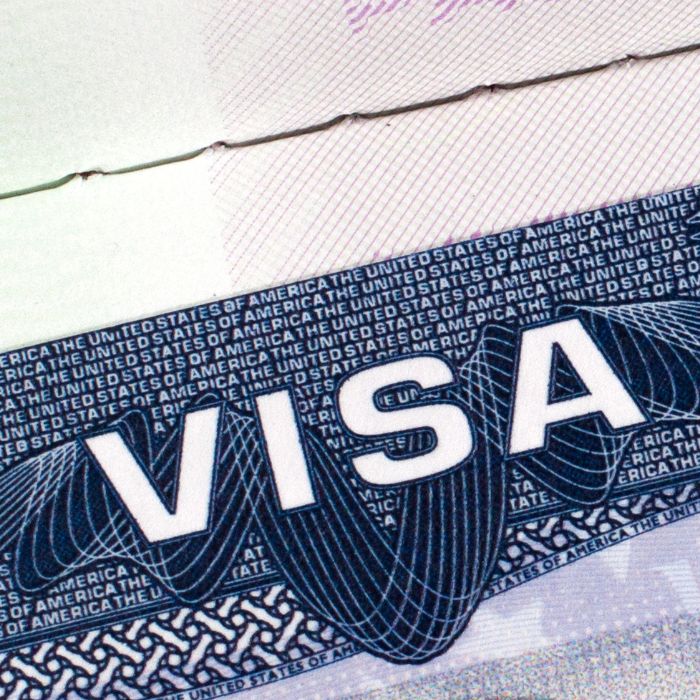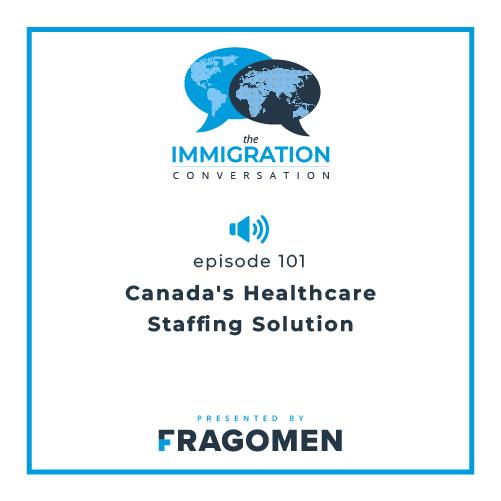United States: REAL ID Document Requirements Take Effect Today for U.S. Domestic Travel
May 7, 2025
At a glance
- Starting today, travelers aged 18 or older – including U.S. citizens, permanent residents, and nonimmigrants – must present a REAL ID-compliant document or acceptable alternative to board a U.S. domestic commercial air flight.
- Acceptable documents include a REAL ID-compliant U.S. state driver’s license or non-driver identification, a U.S. or foreign passport, a Global Entry or other U.S. trusted traveler card, a U.S. green card, and a USCIS employment authorization document (EAD), among others.
- Travelers who do not have an acceptable identification document may be subject to additional screening or refused boarding.
The issue
Starting today, the Transportation Security Administration (TSA) will enforce the document security requirements of the REAL ID Act for U.S. domestic air travel. Individuals aged 18 or older will be required to present a REAL ID-compliant state driver’s license, non-driver identification card or acceptable alternative in order to board a U.S. domestic flight. Travelers who do not have an acceptable document may be subject to additional screening or refused boarding.
The REAL ID Act sets document security requirements for domestic air travel and other federal purposes and requires U.S. states and territories to issue driver’s licenses and non-driver identification cards that meet strict standards.
Which documents are acceptable for U.S. domestic air travel?
As of May 7, 2025, domestic air travelers in the United States who are age 18 or older must present one of the following types of documents to board a flight:
- A state-issued driver’s license or identification card that meets REAL ID requirements (a temporary license or ID is not acceptable); OR
- An acceptable alternative form of identification. The following documents, among others, are approved for domestic air travel:
- A U.S. passport;
- A U.S. passport card;
- A foreign government-issued passport;
- A DHS trusted traveler card (Global Entry, NEXUS, SENTRI, or FAST program);
- A U.S. permanent resident card (green card);
- A USCIS employment authorization document (EAD);
- A border crossing card;
- A Canadian provincial driver’s license or Indian and Northern Affairs Canada card;
- A U.S. Department of Defense ID, including IDs issued to dependents;
- An acceptable photo ID issued by a federally recognized Tribal Nation/Indian Tribe, including Enhanced Tribal Cards (ETCs); and
- Certain other federal identification cards.
The list of acceptable documents is subject to change without notice so travelers should consult the Transportation Security Administration website shortly before traveling to confirm that their documents meet the requirements.
What domestic air travelers should do now
Before domestic air travel, individuals should review their state driver’s license or non-driver ID to ensure that it meets the requirements. If it does not, an acceptable alternative must be used for domestic air travel.
In general, REAL ID-compliant licenses and IDs are marked with a star on the upper portion of the card. Enhanced Driver’s Licenses and Enhanced Identification Documents (EDLs/EIDs) – which are REAL ID-compliant and are also acceptable documents for land crossings from Canada and Mexico – are marked with an image of the U.S. flag and the word “enhanced” at the top of the card.
Individuals who have questions about whether their state license or ID is acceptable under REAL ID should check with the relevant state Department of Motor Vehicles.
This alert is for informational purposes only. If you have any questions, please contact the immigration professional with whom you work at Fragomen.














